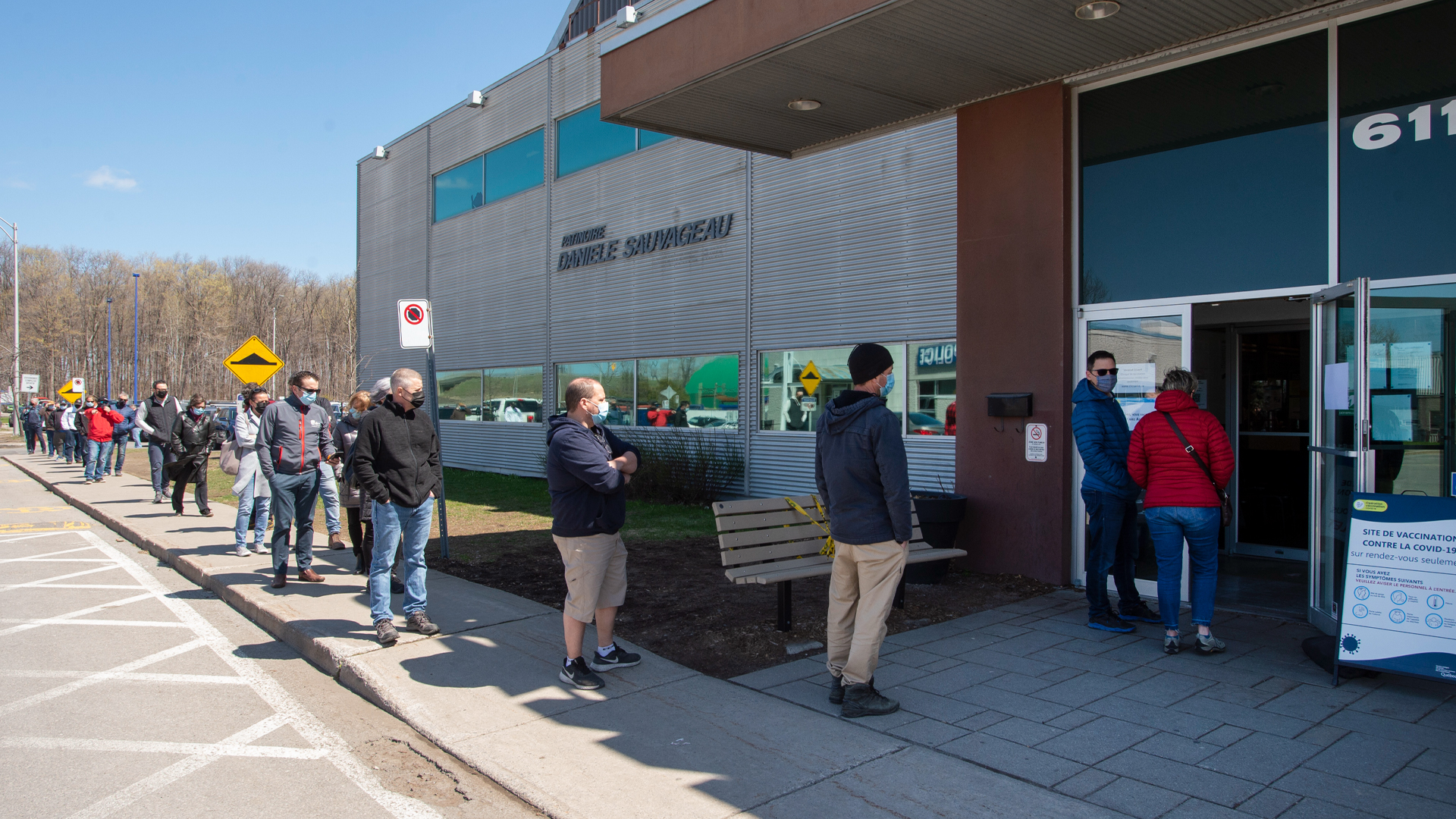
COVID-19 has brutally exposed Canada’s lack of infrastructural assets to deliver effective public health services to its citizens. All you need to do is look at the recent wave of infections in which Canadian governments have struggled to procure and distribute vaccines and health-care equipment, as they deal with mounting pressures on their intensive care units. This policy failure, we argue, is mainly a function of the type and distribution of physical assets owned by the different levels of government and the private sector, which we collectively term Canadian “infrastructural security.”
Despite being critical to saving lives, Canada’s infrastructural security remains largely absent in public policy discussions and commentaries. Instead, policy-makers, academics and commentators usually focus on two things: who has constitutional jurisdiction and who has the money. So, the various solutions they offer almost always focus on the need to rebalance the federation in ways that promote intergovernmental policy and fiscal co-ordination. Overlooked is the critical role that infrastructure plays in determining the ability of different levels of governments to actually DO the things that are necessary to deliver effective policy.
Take the distribution of COVID-19 vaccines. The criticism is that our form of federalism unnecessarily complicates this task by giving Ottawa authority over how many and what kinds of vaccines each province receives, but leaving it to the province to distribute the vaccines to local health units. The critique suggests this division of powers not only imposes delays on vaccination, but also encourages the two levels of government to blame each other for policy failures that result from this division. Just last month, Ontario Premier Doug Ford criticized the federal government for not providing enough vaccines to effectively slow down the spread of the virus. Federal Health Minister Patty Hajdu quickly replied by saying that she had delivered more than four million doses to Ontario, of which only 2.5 million were administered by the Ford government, implying that the policy failure was the province’s fault.
What’s missing in this analysis, however, is the role of infrastructure ownership. Vaccine distribution requires locations that are accessible; buildings to house equipment and staff; nurses and other medical professionals to process and vaccinate patients; and trucks and storage equipment to transport vaccines safely and quickly. In Canada, it is the municipalities, followed by the provinces and then the federal government that generally own these kinds of assets. Moreover, the proportion of assets owned by provincial and municipal governments varies across Canadian provinces. For instance, in Newfoundland and Labrador, the provincial government owns most of the infrastructure relative to the municipalities whereas in Ontario, it is the opposite.
Why does this matter?
Owning assets affects the ability of governments to quickly and effectively implement policy. For some time, the Ontario government has been working on a plan to create mobile vaccination units but has yet to release details of that plan, let alone launch it into action. Meanwhile, the Region of Peel in Ontario recently announced it was leveraging its existing non-financial assets, in the form of retrofitted city buses and public health staff, to immediately launch “mobile vaccination clinics targeting essential workers in such high-risk, high-transmission sectors as warehousing and manufacturing.” The key difference in the timing of the Ontario government’s policy response versus the Region of Peel’s is simply a function of the kinds of non-financial assets that they own.
The importance of asset ownership is also illustrated by the fact that the Ontario government has recently turned to private actors, such as pharmacies, to deliver vaccines to its citizens. Ontario Deputy Premier and Minister of Health Christine Elliot justified this decision by saying “(w)ith more local pharmacies coming on board, receiving the COVID-19 vaccine will be easier and more convenient for eligible populations across the province.” Presumably, she meant easier and more convenient relative to physical locations owned by the provincial government and local public health units.
In the United States, policy responses to the pandemic have been heavily shaped by its version of a federal system and its distribution of public and private physical assets. In the early days of the pandemic, U.S. policy-makers struggled to coordinate public health information and impose harm-reduction measures. Once vaccines became available, the massive production facilities of large domestic pharmaceutical companies allowed for rapid production and the subsequent combatting of the virus across the country. The U.S. benefits significantly from the billions of dollars in domestic private assets – vaccine production facilities and distribution networks – owned by pharmaceutical companies and other private actors.
As policy-makers and commentators reflect on how federalism shapes Canada’s ability to effectively develop and implement public policy in the face of crises, more attention needs to be paid to the link between policy security and infrastructure. By policy security, we mean the degree to which Canada can secure the complete line of assets and supply chains required to deliver critical public goods such as health care. Securing key physical assets – whether facilities to produce vaccines or planes to transport them and places where Canadians can be injected – should be the prime directive of an infrastructural security strategy.
To do this effectively, a first step is to identify critical public goods and the key physical assets needed to produce them. This should be mapped against an inventory of existing assets for each class of goods. Infrastructural gaps and weakness would then be identified and prioritized for action. The development of new, or the replacement of existing, infrastructure and supply chains would be co-ordinated across federal, provincial/territorial and municipal governments along with private sector involvement. This co-ordination should focus on the key challenge of building and maintaining physical assets – the asset-administrating capacity of each government – defined by the intersection of existing assets, location, jurisdictional authority, and available financial and personnel resources.














